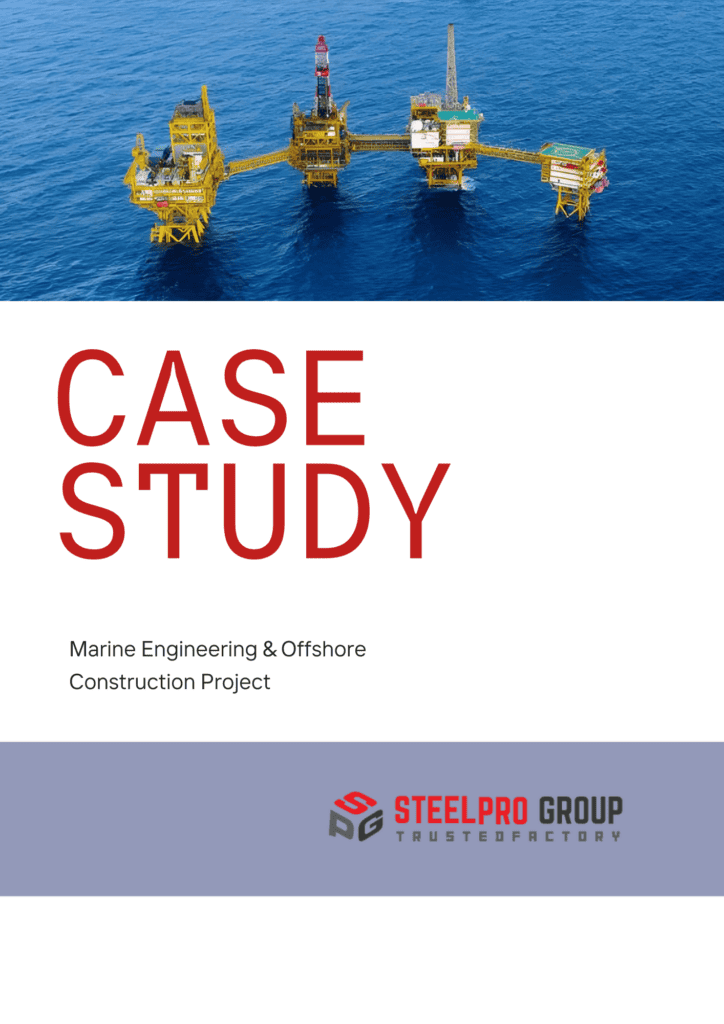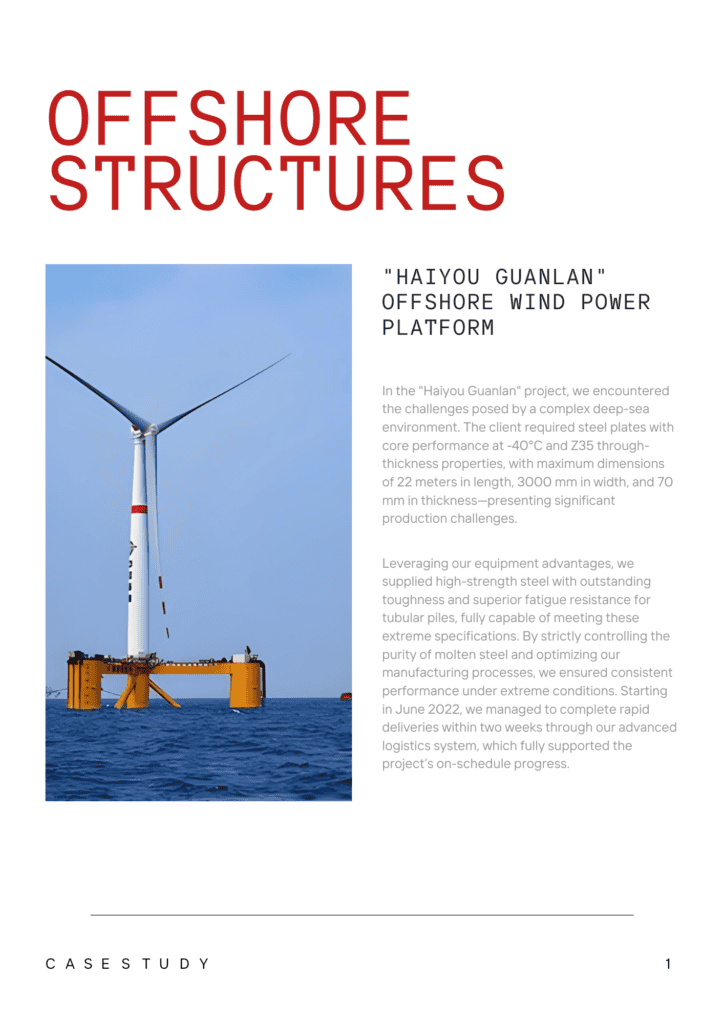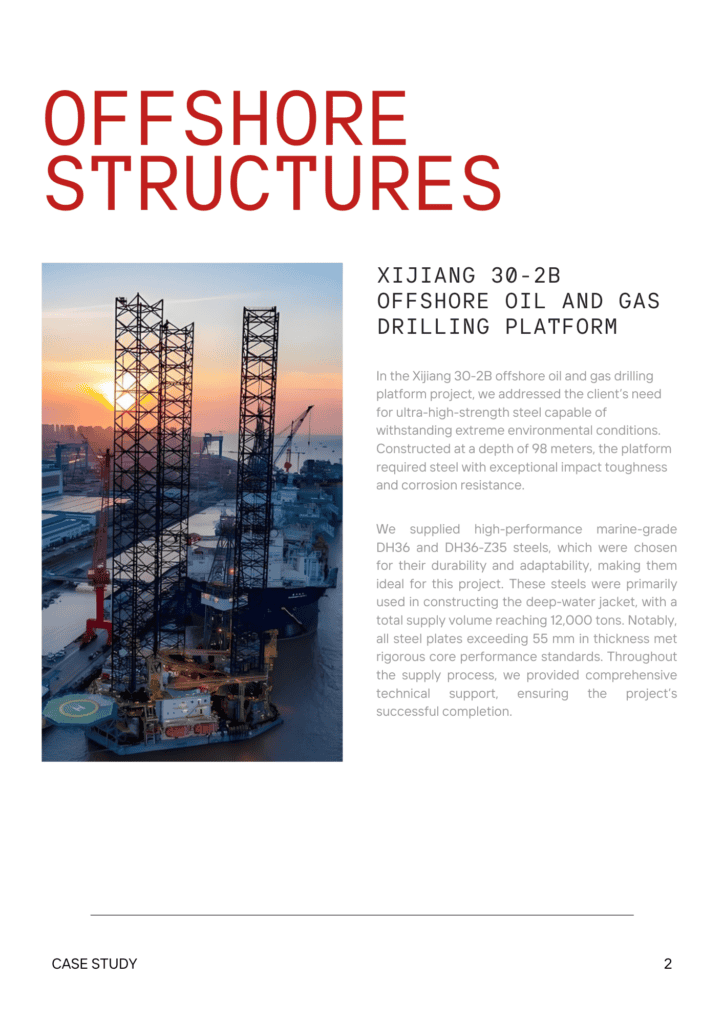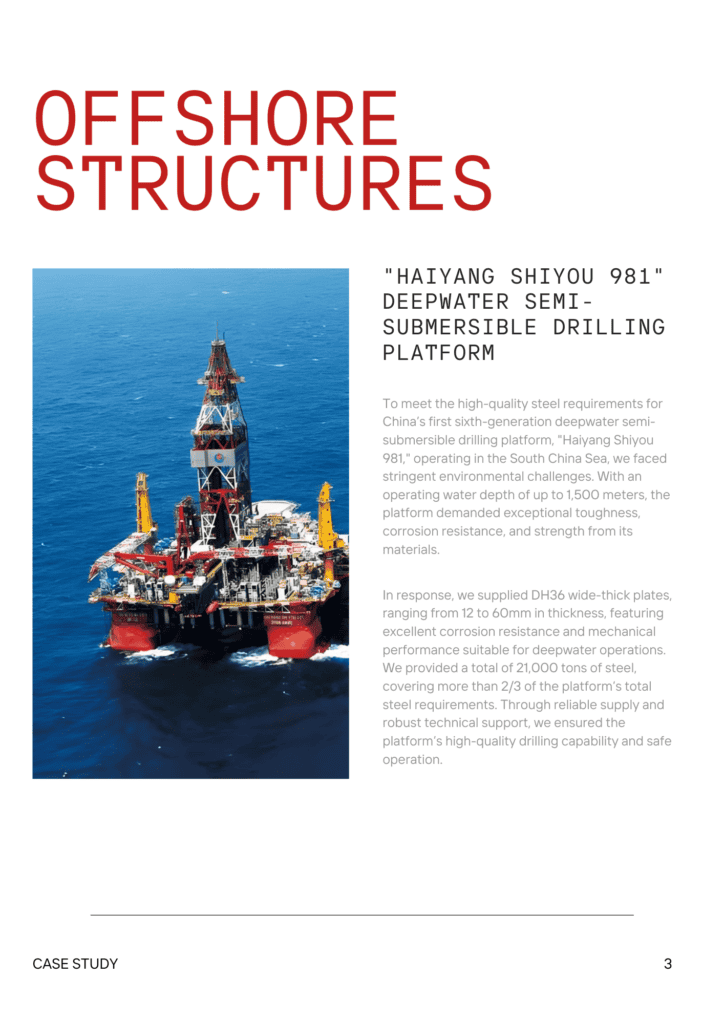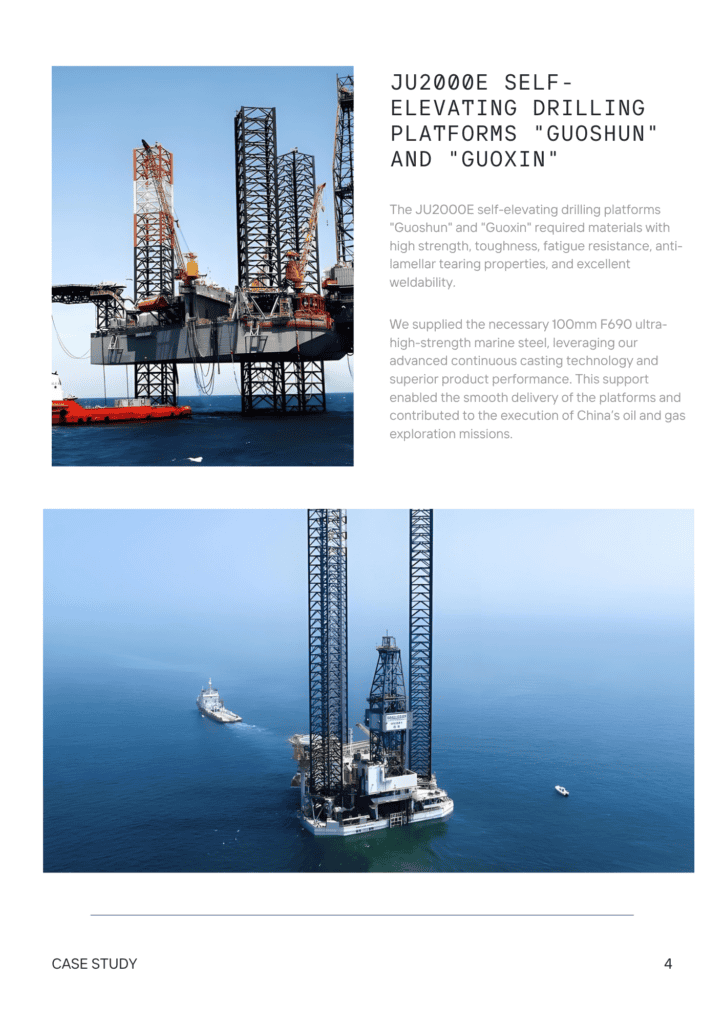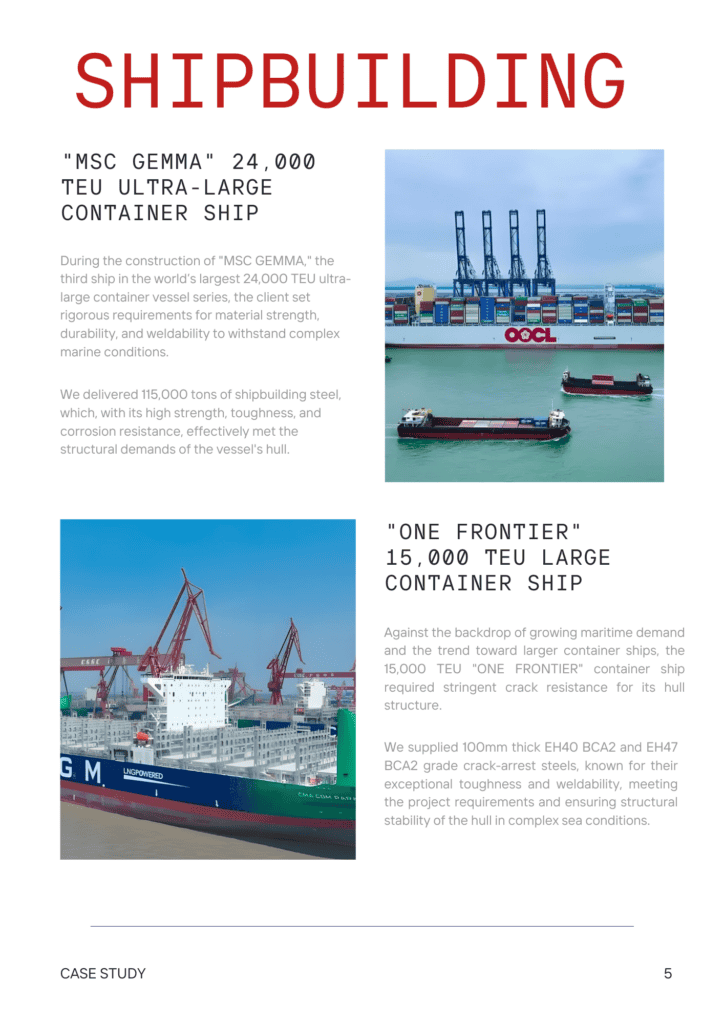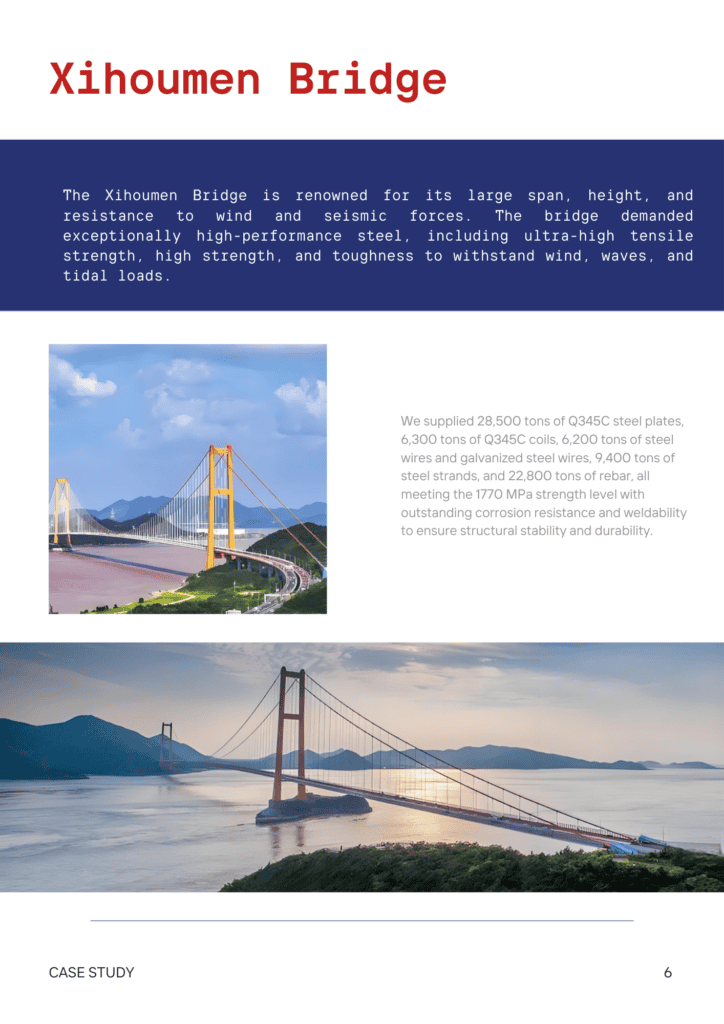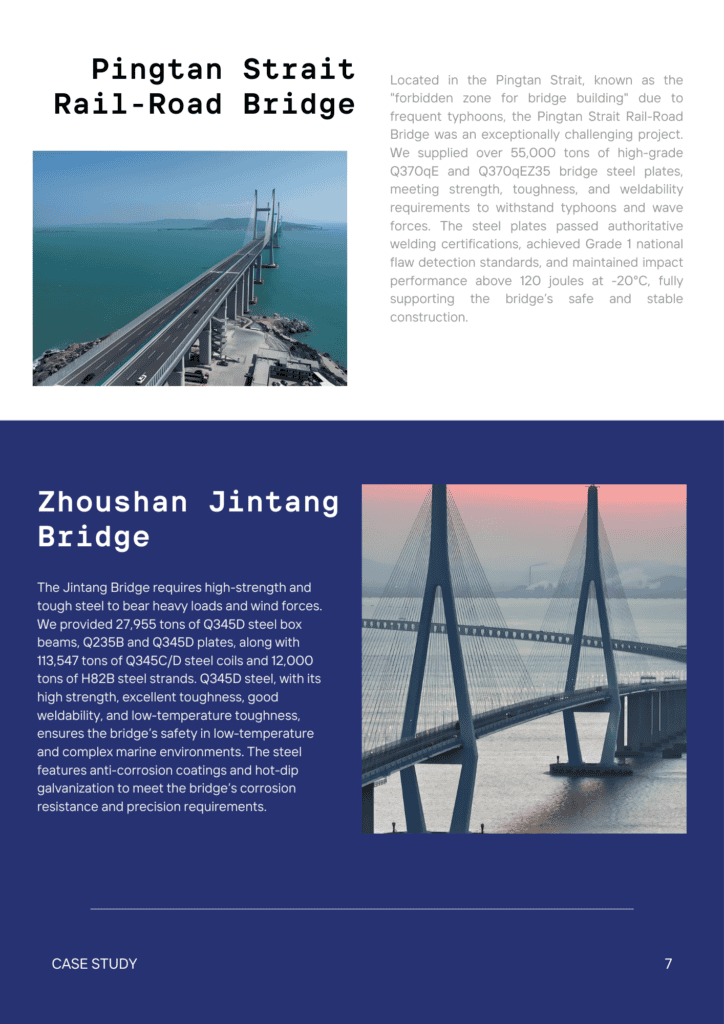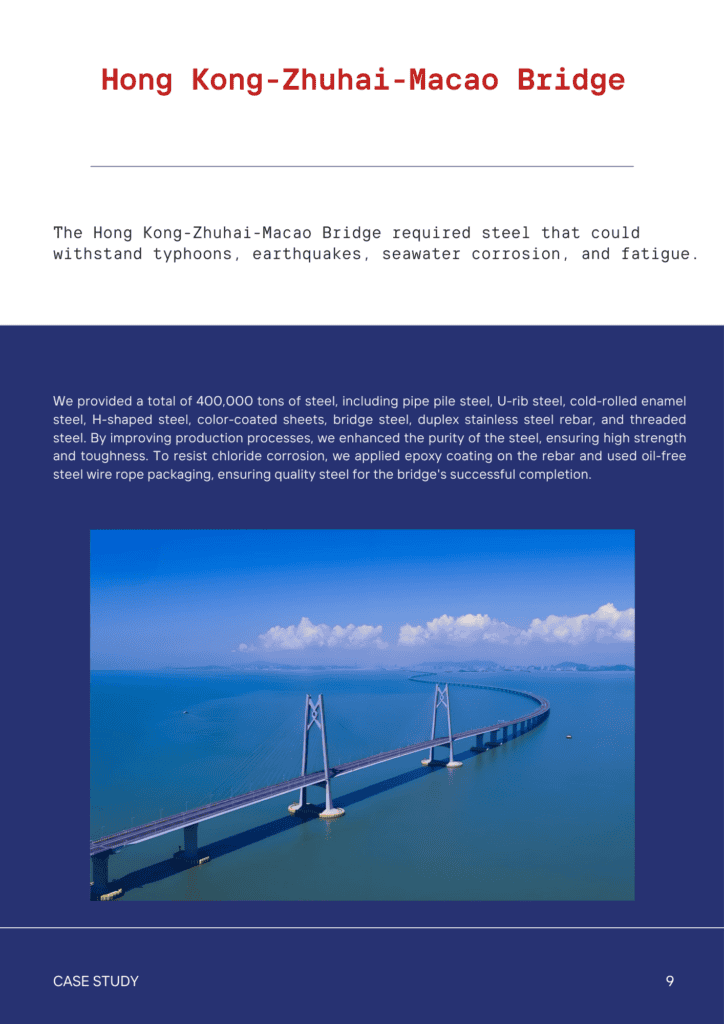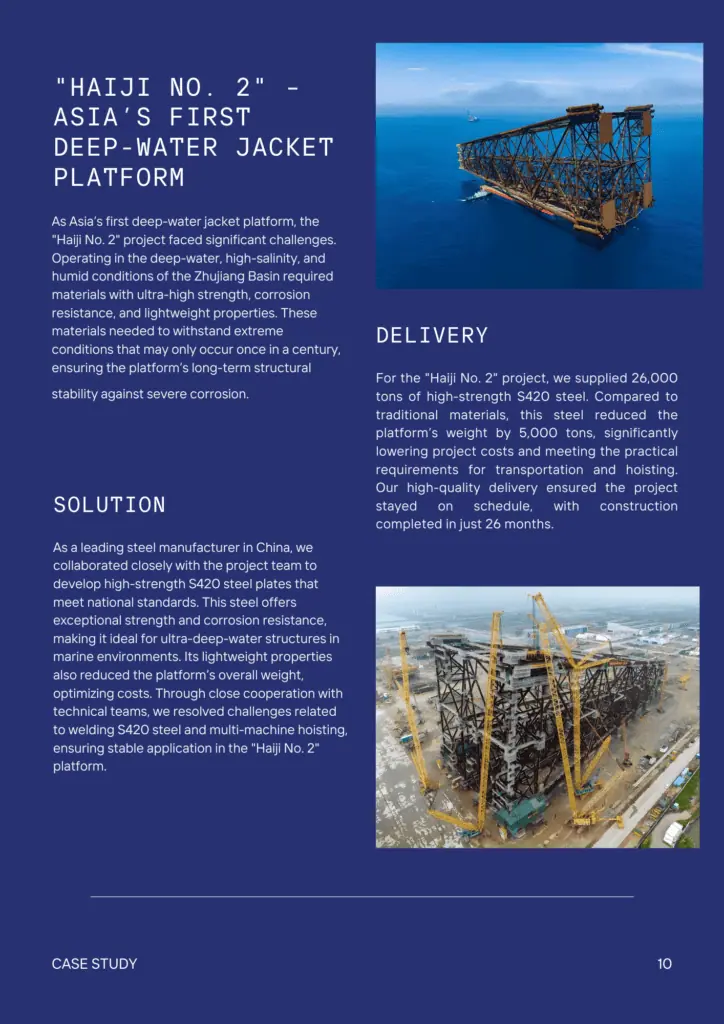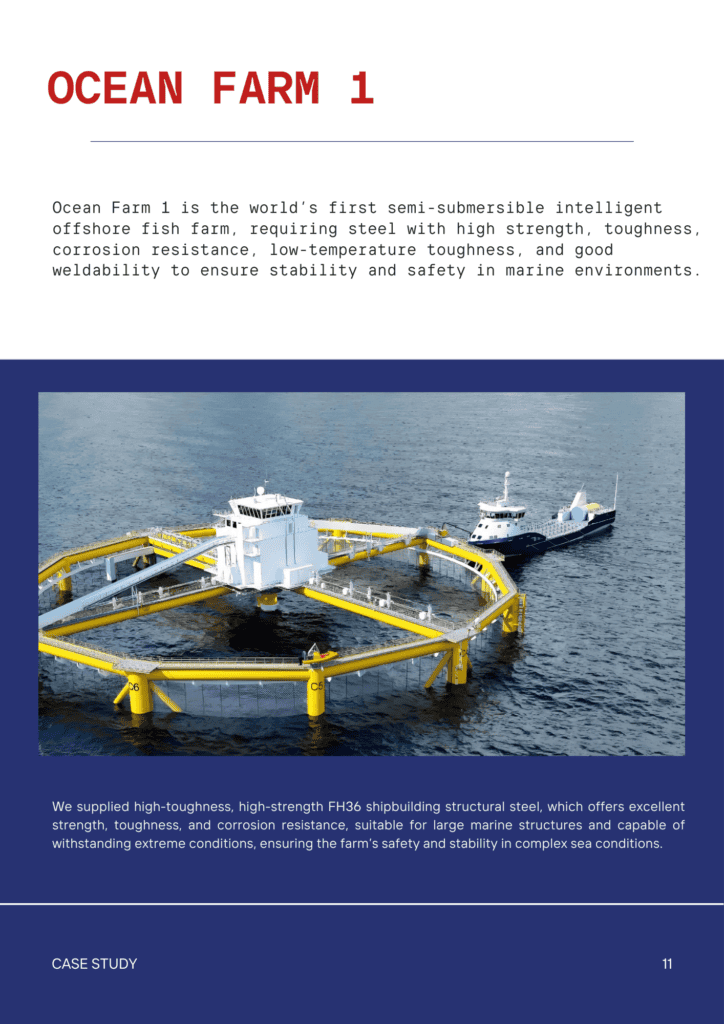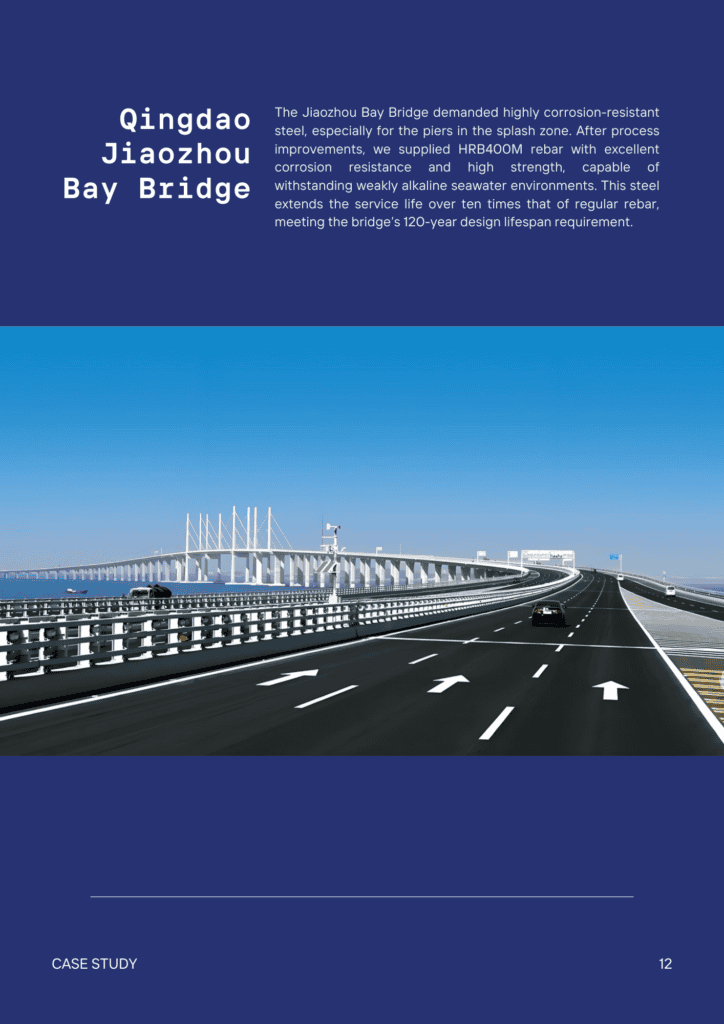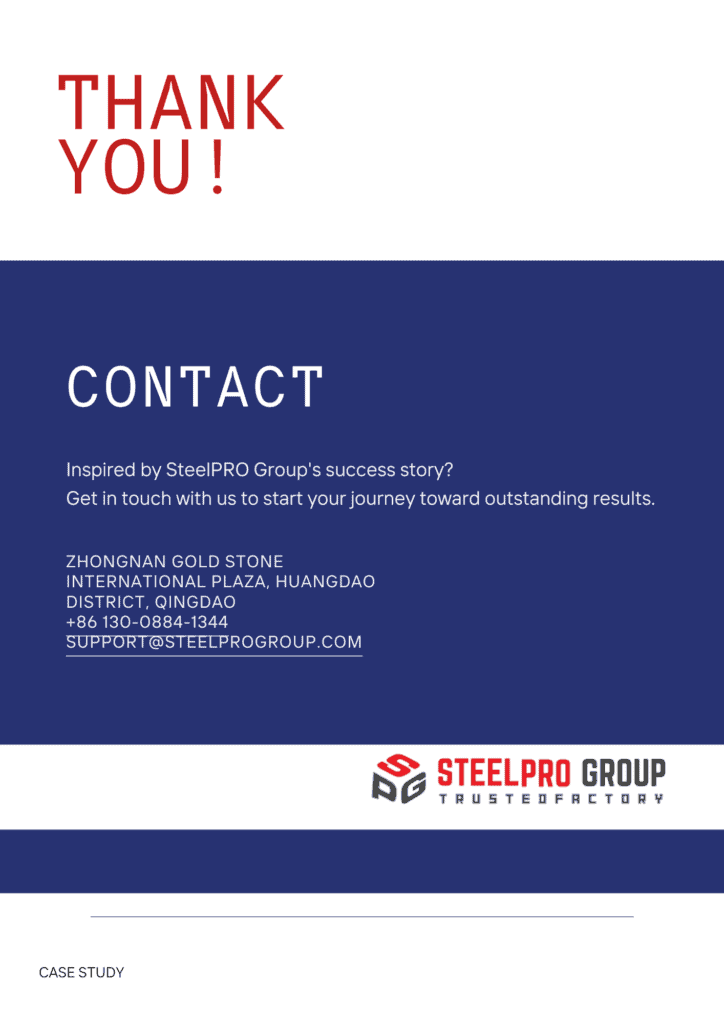Contents
444 Stainless Steel: Forms, Composition, Properties, Application, Comparison and More
- John
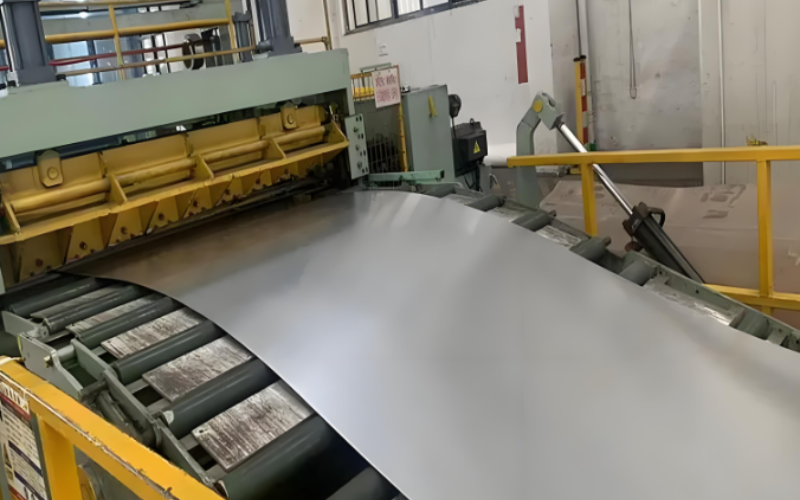
444 stainless steel is a ferritic stainless steel known for its excellent corrosion resistance. We introduce 444 stainless steel in detail, including its product forms, chemical composition, properties, applications, advantages and disadvantages, and compare 444 with 304, 316, 316L.
What is 444 Stainless Steel?
444 is a low carbon, low nitrogen, ferritic stainless steel composed of 18% Cr and 2% Mo, most commonly available in 2mm thick sheets or coils. It boasts remarkable resistance against pitting and crevice corrosion, making it an economical substitute for 304 and 316. The addition of titanium or niobium stabilizes 444 and helps prevent sensitization and intergranular corrosion, especially during welding.
444 stainless steel equivalent grades
Below are some of its equivalent grades:
- UNS: S44400
- EN: X2CrMoTi18-2 (1.4521)
- JIS: SUS 444
- ISO: 00Cr18Mo2
444 stainless steel standard
ASTM A240, ASTM A268, ASTM A479
Chemical Composition of 444 Stainless Steel
| Element | Composition Range |
| Carbon (C) | ≤ 0.025% |
| Manganese (Mn) | ≤ 1.00% |
| Silicon (Si) | ≤ 1.00% |
| Chromium (Cr) | 17.5% – 19.5% |
| Nickel (Ni) | ≤ 0.50% |
| Molybdenum (Mo) | 1.75% – 2.50% |
| Nitrogen (N) | ≤ 0.030% |
| Sulfur (S) | ≤ 0.030% |
| Phosphorus (P) | ≤ 0.040% |
| Titanium (Ti) | 0.20% – 0.80% |
444 Stainless Steel Properties
Key Features
- Corrosion Resistance: 444 stainless steel is highly resistant to chloride-induced pitting and crevice corrosion. It outperforms most ferritic stainless steels and is comparable to 316L in many environments.
- Thermal Properties: With a higher thermal conductivity than austenitic grades like 304 and 316, 444 stainless steel is excellent for applications that involve heat exchange. Its comparatively low thermal expansion coefficient minimizes distortions that occur during thermal cycles.
- Formability: The material is highly formable and excels in deep drawing applications, though it is limited in stretch forming.
- Weldability: Thanks to the presence of titanium or niobium stabilizers, 444 stainless steel can be welded without sensitization, but care must be taken to avoid excessive heat input, which can result in grain growth.
Physical Properties
| Property | Metric Value | Imperial Value |
| Density | 7.75 g/cm³ | 0.280 lb/in³ |
| Electrical Resistivity | 0.80 μΩ·m | 22.50 μΩ·in |
| Thermal Conductivity (at 100°C) | 26.8 W/m·K | 15.5 BTU/hr·ft²·°F |
| Specific Heat Capacity | 0.427 kJ/kg·K | 0.102 BTU/lb·°F |
| Mean Coefficient of Thermal Expansion (0-100°C) | 11.0 x 10⁻⁶ /°C | 6.1 x 10⁻⁶ /°F |
| Modulus of Elasticity (Tension) | 200 GPa | 29,000 ksi |
| Magnetic Permeability | Magnetic | Magnetic |
| Melting Range | 1482-1532 °C | 2700-2790 °F |
Mechanical Properties
| Property | Annealed Value | Cold Worked Value | Tempered Value |
| Ultimate Tensile Strength | 415-640 MPa | 600-700 MPa | 60 KSI min (414 MPa min) |
| Yield Strength (0.2% Offset) | 275-320 MPa | 450-500 MPa | 40 KSI min (276 MPa min) |
| Elongation (% in 50mm) | 20% min | 15% min | 20-22% min |
| Hardness (Rockwell B) | 90 max | 95-100 | Rb 90 max |
| Brinell Hardness | 217 max | 230-250 | 200-220 |
| Modulus of Elasticity (Shear) | 80-83 GPa | 80-83 GPa | 80-83 GPa |
| Poisson’s Ratio | 0.27-0.30 | 0.27-0.30 | 0.27-0.30 |
Form of 444 Stainless Steel
We produce and supply 444 stainless steel in a variety of forms to meet different customer needs. These forms include:
- Coils: Used in a wide range of industrial applications, particularly where flexible material is needed.
- Sheets and Plates: Ideal for the construction of tanks, panels, and automotive components.
- Wires: Available in fine, round, and flat shapes, often used in food processing and filtration systems.
- Tubes and Pipes: Widely applied in heat exchangers, piping systems, and water storage tanks.
- Bars and Rods: Suitable for fasteners, structural components, and machinery parts.
Applications of 444 Stainless Steel
The versatility of 444 stainless steel allows it to be used in a wide range of applications:
Heat Exchangers: With its excellent thermal conductivity and resistance to heat-induced corrosion, 444 stainless steel is ideal for use in heat exchangers, especially in chloride-rich environments.
Hot Water Tanks: 444 is a perfect material for hot water tanks and geysers, as it resists corrosion in water-rich environments, particularly when exposed to high temperatures and chloride ions.
Food Processing Equipment: In the food industry, where hygiene and corrosion resistance are critical, 444 stainless steel prevents contamination and can withstand cleaning chemicals.
Automotive Industry: The alloy’s high strength and resistance to exhaust gases make it a popular choice for manufacturing automotive components, especially exhaust systems.
Solar Panels and Water Heaters: 444 stainless steel is often used in solar water heaters due to its ability to resist scaling and its high heat absorption efficiency.
Pros and Cons of 444 Stainless Steel
Advantages
- Corrosion Resistance: 444 stainless steel performs well in highly corrosive environments, especially those with chloride ions.
- Cost-Effective: Its lack of nickel content makes it a more affordable option compared to austenitic grades like 316 and 316L.
- Weldability: The alloy is stable after welding due to the addition of stabilizers like titanium and niobium.
- Magnetic: Its ferromagnetic properties are advantageous in certain industrial applications.
- Thermal Performance: Its excellent thermal conductivity enhances its efficiency in heat exchange systems.
Disadvantages
- Lower Ductility: 444 stainless steel is less ductile than austenitic grades like 304 and 316, which limits its use in certain fabrication processes.
- Limited Strength in Welds: Welded joints in thicker sections may show reduced strength and toughness, making it less suitable for high-stress applications.
- Grain Growth: Care must be taken during heat treatment to avoid grain growth, which can adversely affect mechanical properties.
What are the Processing Methods of 444 Stainless Steel?
Forming
- Cold Forming: 444 stainless steel has good formability and is commonly used in forming processes such as bending and drawing. It can be cold-formed into various shapes but may require intermediate annealing if extensive forming is needed to avoid cracking.
- Deep Drawing: It is suitable for deep drawing applications due to its good ductility and high strength.
Welding
- Weldability: 444 stainless steel has moderate weldability. It can be welded using standard methods like TIG, MIG, and resistance welding. Due to its low carbon and titanium or niobium stabilization, the risk of intergranular corrosion is reduced.
- Precautions: Preheating is not usually required, but post-weld annealing may be necessary to restore corrosion resistance and reduce the risk of cracking in high-stress applications.
- Filler Materials: Recommended filler materials are typically 308L or 316L to ensure compatibility with the base metal.
Cutting
- Laser Cutting: Ideal for 444 stainless steel due to its precision and clean cuts, especially in thin sections.
- Plasma Cutting: Suitable for thicker sections, but care should be taken to avoid heat-affected zones, which can affect corrosion resistance.
- Mechanical Cutting: Shearing and stamping are commonly used for thinner sections of 444 stainless steel. Abrasive water jet cutting can also be used for clean cuts without introducing heat.
Hot Working
- Hot Forging: Forging of 444 stainless steel should be done between 1100°C and 1300°C (2012°F to 2372°F). Following hot working, annealing is recommended to relieve stresses and restore the material’s properties.
- Hot Rolling: Hot rolling can be done at high temperatures within the same range as forging, and it’s essential to anneal the material afterward to prevent brittleness.
- Cooling: After hot working, rapid cooling is necessary to prevent embrittlement caused by ferritic grain growth.
Cold Working
- Cold Rolling: 444 stainless steel can be cold rolled, and it responds well to work hardening, though it does not harden as much as austenitic grades. Cold rolling improves surface finish and mechanical strength.
- Cold Bending: Simple bends are possible, but tight bends or extensive cold working may require intermediate annealing to prevent cracking.
- Cold Drawing: Wire or tube drawing is possible with 444, but intermediate annealing might be necessary due to work hardening effects.
Heat Treatment
- Annealing: After cold working or hot forming, annealing should be done at temperatures between 760°C and 815°C (1400°F to 1500°F) to soften the material and restore its corrosion resistance.
- Stress Relieving: Low-temperature stress-relief annealing (around 200°C to 300°C) can be applied to reduce internal stresses without altering mechanical properties significantly.
- Hardening: Like most ferritic stainless steels, 444 cannot be hardened by heat treatment, as it does not undergo phase transformation like martensitic grades.
Surface Treatment
Surface treatments for 444 stainless steel, such as pickling, passivation, and polishing, are essential for maintaining its corrosion resistance and ensuring a clean, aesthetically pleasing finish. These treatments are particularly important in industries like food processing and pharmaceuticals.
What is the Difference Between 304, 316, 316L, and 444 Stainless Steel?
444 stainless steel vs 304
- SS 304 lacks the excellent chloride corrosion resistance of 444, which makes it less suitable for use in marine and chemical environments.
- 304 Stainless Steel is non-magnetic, while 444 is magnetic.
444 stainless steel vs 316
- 316 costs more, primarily due to its high nickel content.
- 316 has better stretch forming properties, which makes it more advantageous in applications that require higher ductility.
- 316 is non-magnetic, while 444 is magnetic.
444 stainless steel vs 316L
- 316L has better chloride corrosion resistance, especially in weld areas.
- 316L is also non-magnetic, while 444 is magnetic.
- 444 is more cost-effective due to its lower nickel content.
Is 444 Stainless Steel Magnetic?
Yes, 444 stainless steel is magnetic. As a ferritic stainless steel, it has a body-centered cubic crystal structure that exhibits magnetic properties.
Is 444 Stainless Steel Good?
444 stainless steel is a high quality material that is resistant to chloride corrosion and is suitable for use in marine environments and chemical plants, among other applications. It excels in resistance to pitting and crevice corrosion, has good mechanical strength and weldability, and is cost-effective. Although not as ductile as austenitic stainless steels, its magnetic properties and versatility make it valuable in a variety of industrial applications.
444 stainless steel Manufacturer
As a manufacturer and supplier of 444 stainless steel, SteelPRO Group specializes in producing 444 stainless steel that meets the most stringent standards, with expertise and innovation to ensure that the product is both reliable and durable.
- Cutting-edge manufacturing: Using state-of-the-art equipment, we provide a variety of products in customized sizes and thicknesses to meet the needs of various projects.
- Flexible customization: A wide range of customization options, including surface treatment and mechanical property adjustments, accurately match customer applications.
- Quality assurance: Each batch of products passes rigorous testing and meets international standards such as ASTM and JIS, so you can be assured of quality.
- Green production: Committed to sustainable development, reducing environmental impact, and producing environmentally friendly high-quality stainless steel.
- Stainless Steel Grades
- 300 Series Stainless Steel
- 303 Stainless Steel
- 304 Stainless Steel
- 305 Stainless Steel
- 308 Stainless Steel
- 316 Stainless Steel
- 316N Stainless Steel
- 409 Stainless Steel
- 410 Stainless Steel
- 416 Stainless Steel
- 420 Stainless Steel
- 430 Stainless Steel
- 410HT And 410L Stainless Steels
- 410S Stainless Steel
- 440 Stainless Steel
- 436 Stainless Steel
- 301 Stainless Steel
- 201 Stainless Steel
- 202 Stainless Steel
- 444 Stainless Steel
- 405 Stainless Steel
- 302 Stainless Steel
- 309 Stainless Steel
- 314 Stainless Steel
- 321 Stainless Steel
- 347 Stainless Steel
- 408 Stainless Steel
- 422 Stainless Steel
- 431 Stainless Steel
- 434 Stainless Steel
- 414 Stainless Steel
- 430FR Stainless Steel
- 13-8 PH Stainless Steel
- 317 | 317L Stainless Steel
- 616 Stainless Steel
- 630 Stainless Steel
- 904L Stainless Steel
- A2 Stainless Steel
- 304 vs 304L Stainless Steel
- 304 VS 316 Stainless Steel
- 304 vs 409 Stainless Steel
- 304 vs 430 Stainless Steel
- 410 Stainless Steel vs 304
- 18/0 vs 18/10
- 18/0 Stainless Steel
- 18/8 Stainless Steel
- 18/10 Stainless Steel
Comparisons


